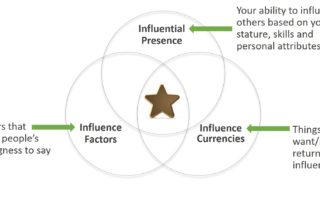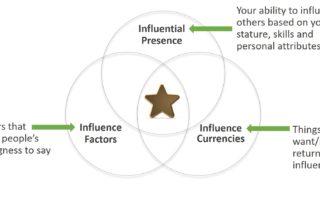10 ways to maintain your professional connections
I have been contract project manager for about five years and have made some great business connections. My hope is to use these people as professional references, job referrals, and potentially to rehire me for additional contract work. How can I keep in touch with these people without being annoying or looking only self-serving? Thanks for the question and I hope my answer is of value to you. To begin, you are very wise to want to maintain your previous business connections for references, referrals, and future work. Many businesses are made and careers are enhanced with the assistance of those with whom we have previously worked. To your question, the key for you is four fold; Touch base with your contacts enough that you will not feel uncomfortable reaching out to them for a favor or question If possible, find ways to provide them value and help, so their assistance to you does not feel like a one-way street Be thankful and respectful of those who provide you assistance Pay it forward by helping others as a thank you to those who helped you Listed below are various ways to accomplish the above criteria: Create a spreadsheet listing the people you would like to keep in touch with, the last time you connected with them, the reason for the contact, and notes from your last conversation. This spreadsheet will help you keep track of how long it’s been since you spoke with them and conversation starters based on the notes from [...]










